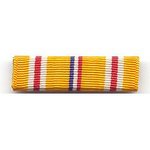Catch22
Major
I know it's probably a but early, but what are you guys thinking of building for the PTO build?
Personally, I'm doing the Trumpeter 1/32 F4U Corsair, probably backdating it to a -1 birdcage. Hopefully I'm allowed to do this one as I've already built the cockpit.
Also, the Eduard 1/48 Hellcat. I was originally going to do it in USS Bunker Hill colours, but I'm thinking now of doing another FAA one.
Personally, I'm doing the Trumpeter 1/32 F4U Corsair, probably backdating it to a -1 birdcage. Hopefully I'm allowed to do this one as I've already built the cockpit.
Also, the Eduard 1/48 Hellcat. I was originally going to do it in USS Bunker Hill colours, but I'm thinking now of doing another FAA one.

